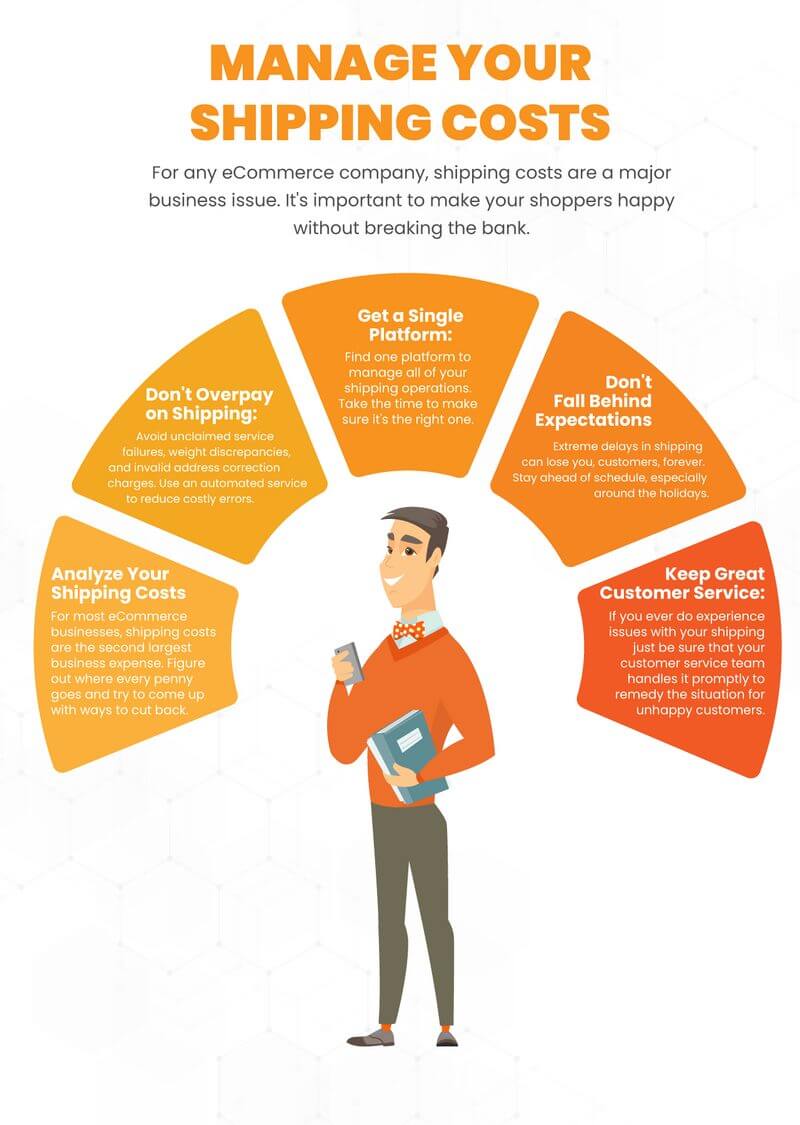
How to Estimate Realistic eCommerce Shipping and Fulfillment Costs
Starting an eCommerce business involves considering various budgetary factors. While most entrepreneurs focus on product manufacturing costs and marketing expenses, many overlook the significant cost of shipping and fulfillment. To create an accurate business budget, it is crucial to calculate shipping and fulfillment expenses as they can make or break your business. Experts estimate that these costs can comprise up to 15-20% of your total net sales. However, the only way to know the exact amount is by calculating these numbers yourself. This article provides a simple blueprint to help estimate your eCommerce fulfillment and shipping costs.
Start with assumptions about your business:
1. You are a new startup.
2. You are not using drop shipping.
3. Product costs are not included in this estimate.
4. Marketing costs are not included in this estimate.
5. You have already created a sales forecast.
2-Steps to start your eCommerce fulfillment and shipping budget:
1. Inbound freight cost: Account for the cost of inbound freight from your supplier to the warehouse. Divide the total cost by the number of units ordered to find the inbound shipping cost per unit.
2. Investment cost: Project your initial investment costs, including shelving, pallets, bins, labels, scanners, computers, printers, and other warehouse necessities.
Calculating monthly costs of running your eCommerce fulfillment center:
Determine both the fixed and variable costs involved.
Fixed costs of shipping and fulfillment:
Consider labor costs, which include receiving, picking and packing, customer service, management time, and returns processing. Also, factor in warehousing costs such as rent, utilities, insurance, and internet.
Variable costs of shipping and fulfillment:
Include costs like SKU labels, supplies, cartons, packaging, inserts, embellishments, and actual shipping costs to deliver your products to customers. Don’t forget to add shipping and handling charges back to customers if necessary.
Outsourcing fulfillment and shipping:
If you choose to outsource with a fulfillment service, your costs will be variable, with a few exceptions such as management time. You can tap into their discounted shipping rates and variable warehouse space costs.
Putting it all together:
Once you complete the analysis, you will have information about inbound freight, one-time charges, monthly fixed costs, and unit variable costs. This exercise is crucial in estimating the overall cost of your eCommerce business and ensuring its success.
Hello!
I’m Andrew Brooks, a seasoned finance consultant from the USA and the mind behind phonenumber247.com.
My career is built on a foundation of helping individuals and businesses thrive financially in an ever-changing economic landscape. At phonenumber247.com, my aim is to demystify the complex world of finance, providing clear, actionable advice that can help you navigate your financial journey with confidence. Whether it’s personal finance management, investment strategies, or understanding the nuances of market dynamics, I’m here to share insights and tools that can propel you towards your financial goals.
Welcome to my digital space, where every piece of advice is a step closer to financial clarity and success!
